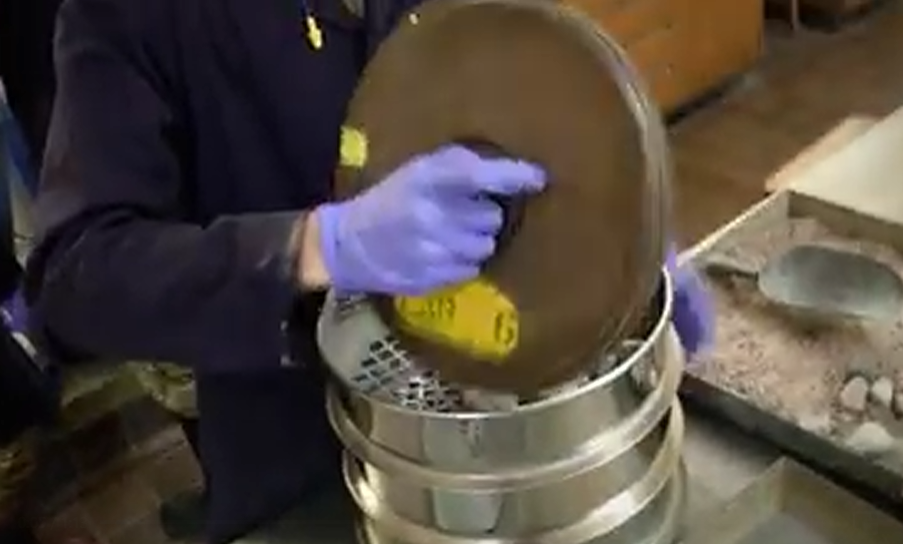Tilt Wall Construction: Process, Cost, and Key Pros & Cons in 2025
4 Min read
)
June 30, 2025
Tilt wall construction-also known as tilt up wall construction-has become an increasingly popular building method for commercial and industrial projects across the U.S. Thanks to its speed, durability, and cost-effectiveness, more developers and contractors are turning to this approach for large-scale building solutions. But is it right for your project?
In this guide, we’ll break down what tilt wall construction is, how it works, what it costs, and the key pros and cons of tilt wall construction to help you decide.
What Is Tilt Wall Construction?
Tilt wall construction, or tilt up wall construction, is a building method where large concrete wall panels are poured horizontally on the ground at the job site and then lifted (or "tilted") into place using a crane.
This method combines the efficiency of cast-in-place concrete with the simplicity of prefabricated panels. It's commonly used in warehouses, retail centers, schools, and office buildings-especially where speed and scale are critical.
How Tilt Up Wall Construction Works
:format(webp))
The tilt-up process involves several critical stages, typically completed in the following order:
1. Site Preparation
The site is graded, and foundations are poured to support the load of the concrete panels.
2. Formwork and Reinforcement
Workers build panel forms directly on the building slab. Steel reinforcement and embedded items (such as window and door frames) are installed.
3. Concrete Pouring and Curing
Concrete is poured into the forms and left to cure for several days. The slab must remain flat and free of defects to ensure quality panels.
4. Lifting (Tilt-Up) the Panels
Using cranes, the panels are carefully lifted (tilted) into a vertical position and braced temporarily until the entire structure is assembled.
5. Panel Connection and Finishing
Panels are permanently secured and sealed. Openings, insulation, and finishes are applied as needed.
Tilt wall construction can dramatically cut project timelines-often allowing building shells to be completed in just weeks rather than months.
Tilt Wall Construction Cost
One of the biggest draws of this method is its cost-efficiency. However, actual tilt wall construction cost can vary widely depending on several factors:
Cost Factors Include:
Size and height of panels
Labor costs and local market conditions
Crane and equipment rentals
Reinforcement and embedded items
Weather delays and curing time
Average Cost Range:
Tilt wall construction typically costs between $25 and $40 per square foot. Compared to traditional masonry or steel-frame structures, this can be significantly cheaper for large-scale buildings.
While the upfront cost may seem comparable to other methods, tilt-up offers long-term savings in labor and timeline reductions.
Tilt Wall Construction Pros and Cons
Pros of Tilt Wall Construction
Faster construction timelines: Building shells can be erected in weeks.
Lower overall costs: Reduced labor, fewer materials, and quicker build time save money.
Durability: Reinforced concrete panels offer excellent resistance to fire, wind, and seismic activity.
Design flexibility: Panels can be textured, stained, or painted to meet various aesthetic needs.
Energy efficiency: Insulated panels can reduce HVAC loads.
Cons of Tilt Wall Construction
Requires large open site: You need space to pour and lift panels.
Weather sensitivity: Rain, freezing temperatures, or high humidity can delay pours and curing.
High equipment costs: Crane rentals and specialized labor add to initial expenses.
Not ideal for small or complex structures: Better suited for large, simple buildings.
When to Choose Tilt Up Wall Construction
Tilt-up construction is ideal for:
Warehouses and fulfillment centers
Distribution facilities
Big-box retail stores
Schools and office buildings with open layouts
Projects needing fast-track construction
If your project requires long wall spans, fast turnaround, and budget-conscious execution, tilt wall may be the perfect solution.
Conclusion
Tilt wall construction offers a powerful blend of speed, strength, and savings-especially for large-scale commercial or industrial projects. While it’s not right for every building type, the benefits often outweigh the limitations when applied correctly.
Understanding the tilt wall construction cost, process, and pros and cons can help you determine if this approach aligns with your goals. Consult with an experienced contractor or structural engineer to explore your project’s potential with tilt-up techniques.
FAQs About Tilt Wall Construction
What is the difference between tilt wall and precast construction?
Tilt wall is cast on-site, while precast panels are made in a factory and transported to the site.
How long does tilt wall construction take?
Depending on the size, the building shell can be completed in 4-6 weeks.
Can tilt-up construction be used in residential projects?
While uncommon, it's possible-though typically more suitable for large residential complexes than single-family homes.

Samir Shah is the Co-Founder and Chief Product Officer of Boom & Bucket, where he leads the development of innovative solutions for buying and selling heavy equipment. With a background in engineering, product development, and business strategy, Samir has a track record of taking companies from concept to market success. Previously, he was the Head of Cat Digital Labs at Caterpillar, overseeing digital initiatives and product launches. He holds degrees from MIT Sloan and Carnegie Mellon, and he is passionate about tackling big challenges in underserved industries.














